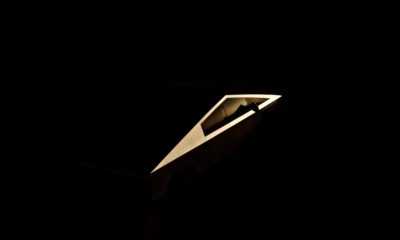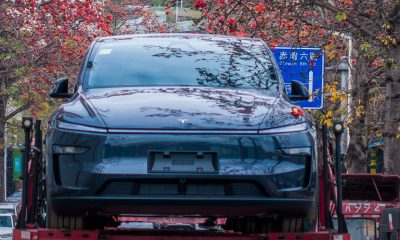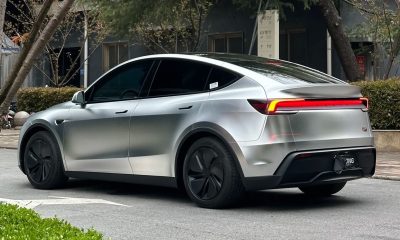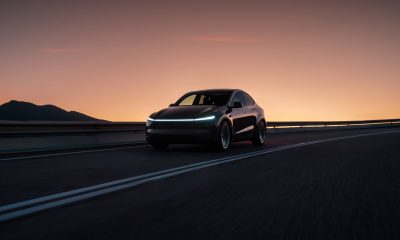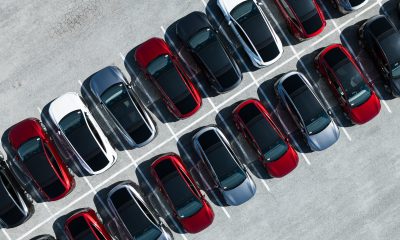News
Tesla Joins Industry Group Responsible for CCS Charging Standards
Tesla has quietly joined CharIN, the European based organization that sets CSS charging standards. It has completed a 150 kW standard and is starting work on a new 300 kW standard.
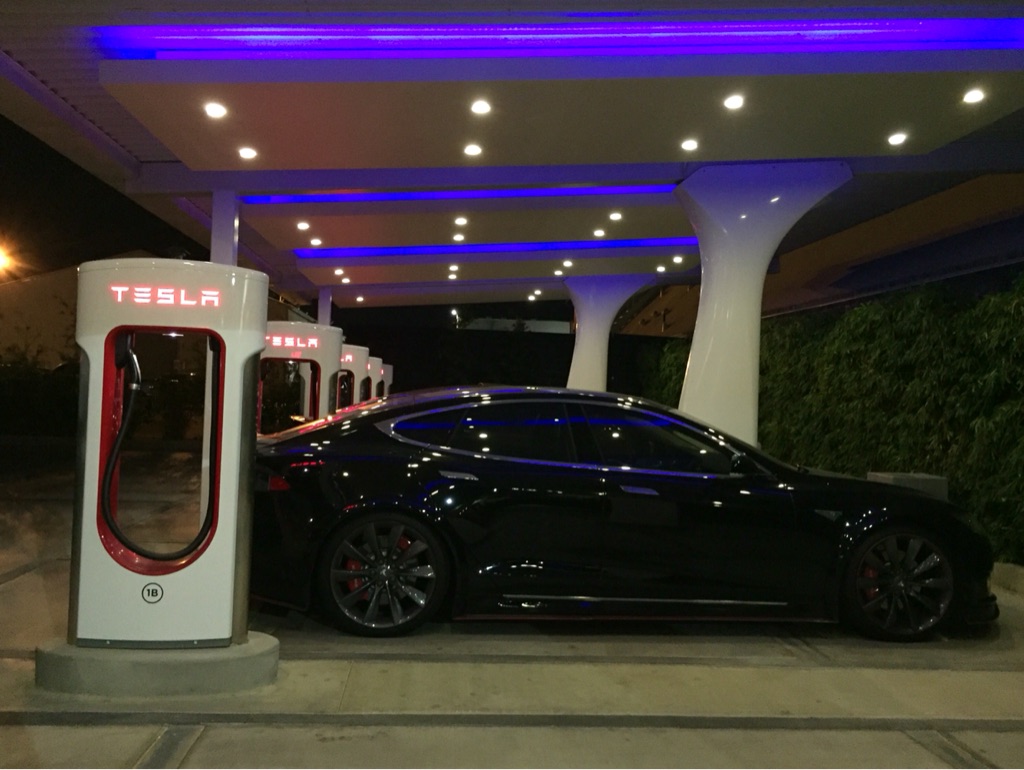
While in Paris earlier this year, Elon Musk made a passing remark about Tesla engaging with other manufacturers about use of its quick charging Supercharger network. Now comes word that Tesla has joined CharIN, the industry group that created and promotes the CCS charging standard commonly found on the SAE-Combo plug.
Well known EV writer and charging expert Tom Moloughney tells InsideEVs, “I was just told something interesting from a contact I have. I’m guessing you guys have heard of the CharIN Association by now. They are basically a group of European Automakers that got together to work on what will eventually be considered (officially) Level 3 charging based on CCS. They have been working on 150kW CCS DC Fast charge for a few years now and experimenting on speeds up to 300kW. [A]bout a month ago, Tesla quietly asked if they can become a “Core Member.” Now, I’m certainly not suggesting Tesla is going to switch to CCS, but this is very interesting.”
According to the description from the CharIN website:
The Charging Interface Initiative e. V. – abbreviated to CharIN e. V. – is a registered association founded by Audi, BMW, Daimler, Mennekes, Opel, Phoenix Contact, Porsche, TÜV SÜD and Volkswagen. Based in Berlin, it is open to all interested parties. The three primary aims are:
- To develop and establish the Combined Charging System (CCS) as the standard for charging battery-powered electric vehicles of all kinds.
- To draw up requirements for the evolution of charging-related standards and develop a certification system for use by manufacturers implementing the CCS in their products.
- To promote the CCS standard worldwide.
CharIN has completed work on a 150 kW CCS charging standard and is moving towards the development of a 300 kW standard. The first experimental 150 kW units will be installed soon in California for testing purposes.
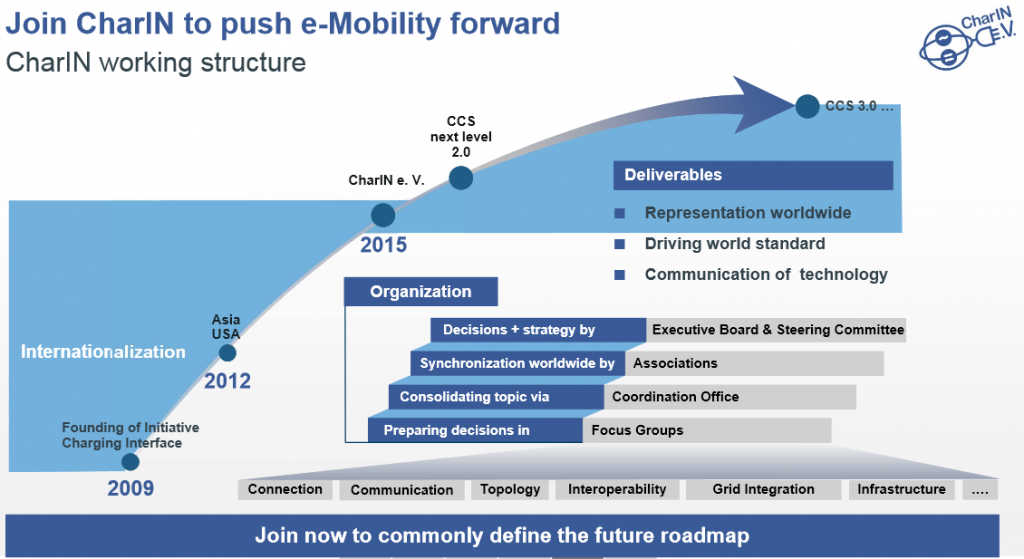
What does this mean for Tesla owners? The answer to that question is not entirely clear, but standards are crucial to the adoption of any new technology. The more members of an industry adhere to a given set of standards, the better for all concerned. Since Tesla says its mission is to promote the mass adoption of electric cars, whatever results flow from its association with CharIN have to be good news for current and future Tesla drivers.
Investor's Corner
LIVE BLOG: Tesla (TSLA) Q1 2025 Company Update and earnings call
The following are live updates from Tesla’s Q1 2025 earnings call.

Tesla’s (NASDAQ:TSLA) Q1 2025 earnings call comes on the heels of the company’s Q1 2025 Update, which was released after the closing bell on April 22, 2025.
Tesla’s Q1 2025 Results:
- Total Revenues: $19.3 billion
- Total automotive revenues: $13.967 billion
- Total GAAP gross margin: 16.3%
- Gross Profit: $3.15 billion
- EPS non-GAAP: $0.27 per share
- Free cash flow: $664 million
The following are live updates from Tesla’s Q1 2025 earnings call. I will be updating this article in real time, so please keep refreshing the page to view the latest updates on this story.
16:20 CT – Hello, and happy earnings day to everyone! While Tesla missed the Street’s expectations, the stock has not shown its typical volatility at all. That being said, this earnings call is quite interesting due to the upcoming “Company Update.”
Tesla also reiterated its section about new vehicles that “remain on track for start of production in the first half of 2025” in its Update Letter. What are these vehicles? Just variants of the Model 3 or Model Y? Was the Cybertruck LR RWD one of them already? Or are they actually new cars that we’ve just never seen before?
Either 10, ten minutes and counting.
Tesla’s livestream of its Q1 2025 Company Update and earnings call can be viewed below.
Investor's Corner
Tesla (TSLA) releases first quarter 2025 earnings results
Tesla’s quarter-end cash, cash equivalents and investments stand at a healthy $37 billion.

Tesla’s Q1 2025 earnings were released in an Update Letter, which was posted on the company’s Investor Relations website after markets closed today, April 22, 2025.
Tesla Q1 2025 Deliveries
Tesla’s first quarter vehicle deliveries fell short of expectations, with the EV maker delivering a total of 336,681 vehicles, comprised of 323,800 Model 3/Y and 12,881 other models, worldwide. Vehicle production was at 362,615 units in the first quarter, comprised of 345,454 Model 3/Y and 17,161 other models.
Tesla Energy continued its momentum in Q1 2025, with the division deploying 10.4 GWh of energy storage products during the quarter.
What Wall Street Expects
As noted in a Forbes report, expectations are high that Tesla will report a gain of $0.35 per share on $21.85 billion in revenue, though whisper numbers suggest that the company will only post a gain of $0.31 per share. Analysts polled by FactSet expect Tesla to see an EPS of $0.41 per share on revenues of $21.27 billion, as noted in an Investors’ Business Daily report.
Tesla’s Q1 2025 Results In a Nutshell
Following are highlights of Tesla’s Q1 2025 update Letter:
- Total Revenues: $19.3 billion
- Total automotive revenues: $13.967 billion
- Total GAAP gross margin: 16.3%
- Gross Profit: $3.15 billion
- EPS non-GAAP: $0.27 per share
- Free cash flow: $664 million
Key Updates:
Tesla’s total revenue decreased 9% YoY to $19.3 billion YoY. This was due to a decline in vehicle deliveries, in part due to the new Model Y changeover and reduced vehicle average selling price (ASP), among other factors.
Tesla is still profitable, though operating income decreased 66% YoY to $0.4 billion. This also resulted in a a 2.1% operating margin. Tesla’s profitability in the first quarter was affected by reduced vehicle ASP, a decline in vehicle deliveries, and an increase in operating expenses driven by AI and other R&D projects partially offset by a decrease in SG&A, among other factors.
Tesla’s quarter-end cash, cash equivalents and investments stand at a healthy $37 billion. The sequential increase of $0.4 billion was primarily the result of positive free cash flow of $0.7 billion.
Below is Tesla’s first quarter 2025 Update Letter.
TSLA-Q1-2025-Update by Simon Alvarez
This article is being updated.
News
Tesla is thriving in Japan and outpacing homegrown EVs
Imports, which include vehicles from Tesla and BYD, now claim about 75% of overall EV sales in the country.

Tesla is seeing robust sales in Japan. This was hinted at in data from the Japan Automobile Importers Association’s “others” category, which indicated a 56% yearly increase to 2,120 units in Q1 2025.
Tesla constitutes most of the vehicles in the Japan Automobile Importers Association’s “others” category, as noted in a Nikkei Asia report.
Japan’s Tesla Boom
Car sales by “others” in Japan soared 89% to 1,249 units in March, a monthly high, Nikkei noted. Fueling this surge in vehicle demand seemed to be the rollout of the new Model Y, as well as incentives like a five-year free Supercharging offer for previous-generation Model Y units.
Japan’s overall electric vehicle market, however, shrank 33% to 59,736 units in 2024, comprising under 2% of total auto sales, the lowest among major economies. Imports, which include Tesla and BYD, now claim about 75% of overall EV sales in the country.
Weak Local Competition
One of the reasons behind Tesla’s surge in Japan could be the subpar EVs offered by Japanese automakers. So far, only eight models are available from homegrown automakers, and none could really hold a candle to vehicles like the new Model Y in terms of features and performance.
This was highlighted by the Nissan Leaf, which saw a 32% sales drop to 1,133 units, and the Toyota bZ4X, which saw a 76% drop in sales to just 85 units in the first quarter. Combined, Japanese brands sold a total of 2,063 EVs, less than Tesla’s estimated figures for the quarter.
Yoshiaki Kawano, an analyst at S&P Global, noted that the weak EVs from Japan’s homegrown automakers result in consumers opting for imported vehicles like Teslas. “There are few homegrown EV options, so in some cases people who want to buy EVs reluctantly choose imports,” Kawano stated.
-

 News2 weeks ago
News2 weeks agoI took a Tesla new Model Y Demo Drive – Here’s what I learned
-
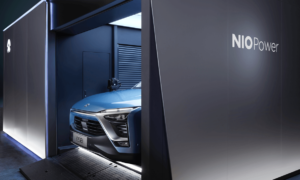
 News2 weeks ago
News2 weeks agoNIO Hong Kong shares rise as CATL eyes stake
-

 News2 weeks ago
News2 weeks agoElon Musk’s X tightens rules on parody accounts
-
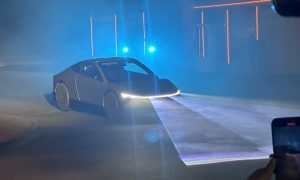
 News2 weeks ago
News2 weeks agoTesla cleared of some claims in Blade Runner lawsuit
-
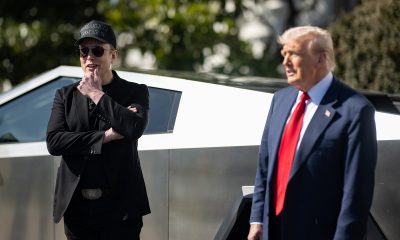
 News2 weeks ago
News2 weeks agoElon Musk reportedly appealed to Trump over aggressive tariff policy: WaPo
-
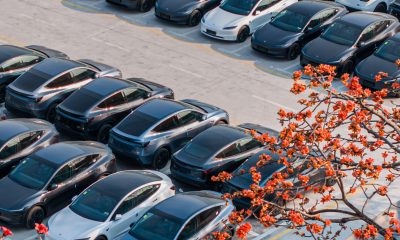
 News2 weeks ago
News2 weeks agoTesla China focuses on exports as Q2 begins
-
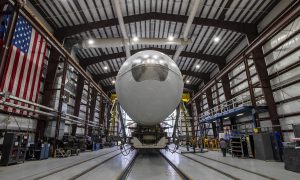
 News2 weeks ago
News2 weeks agoSpaceX takes over Space Force satellite mission from ULA
-
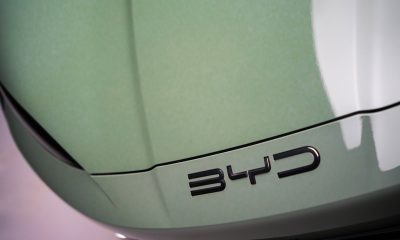
 News2 weeks ago
News2 weeks agoIndia blocks BYD investments amid China concerns





